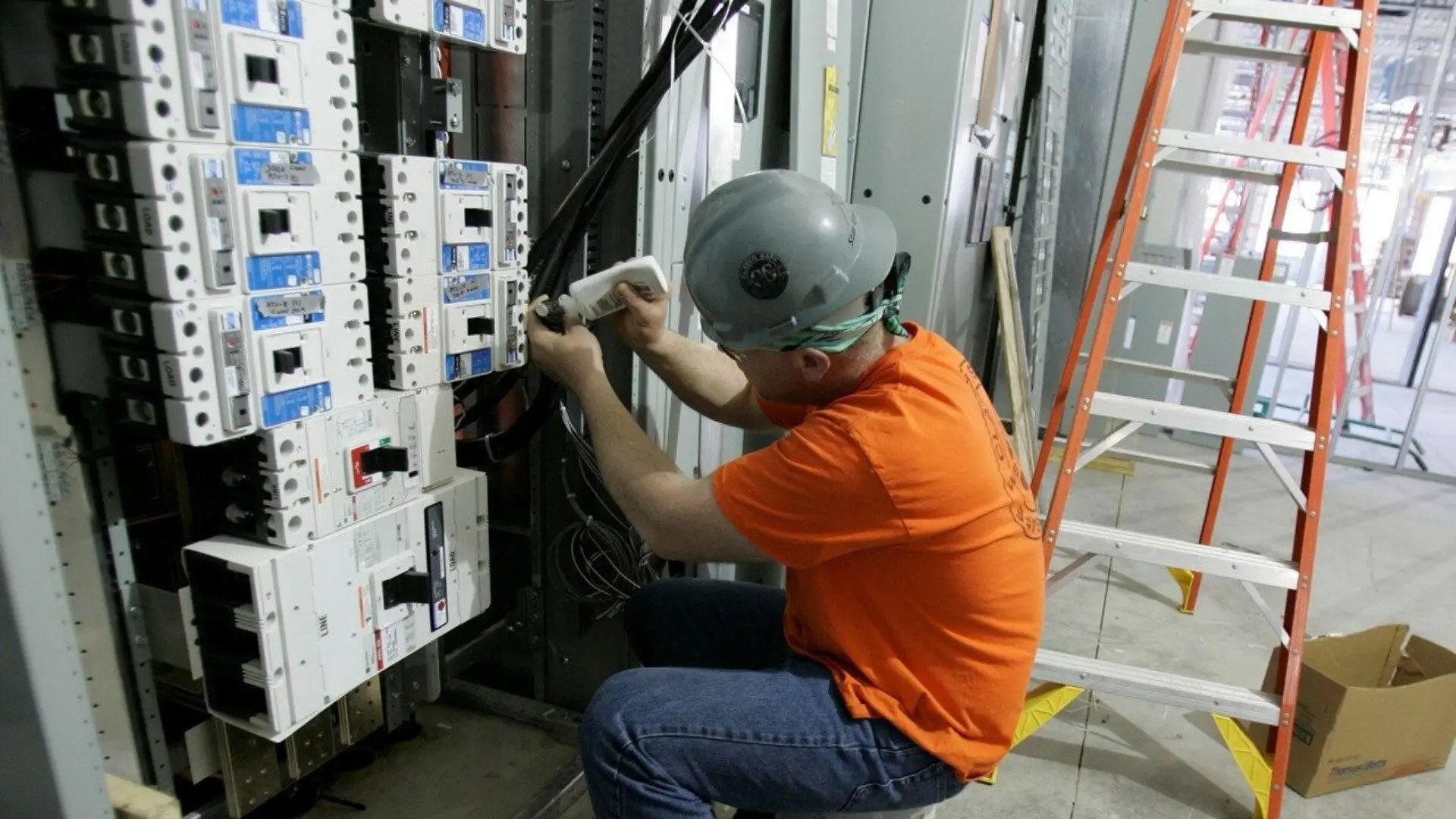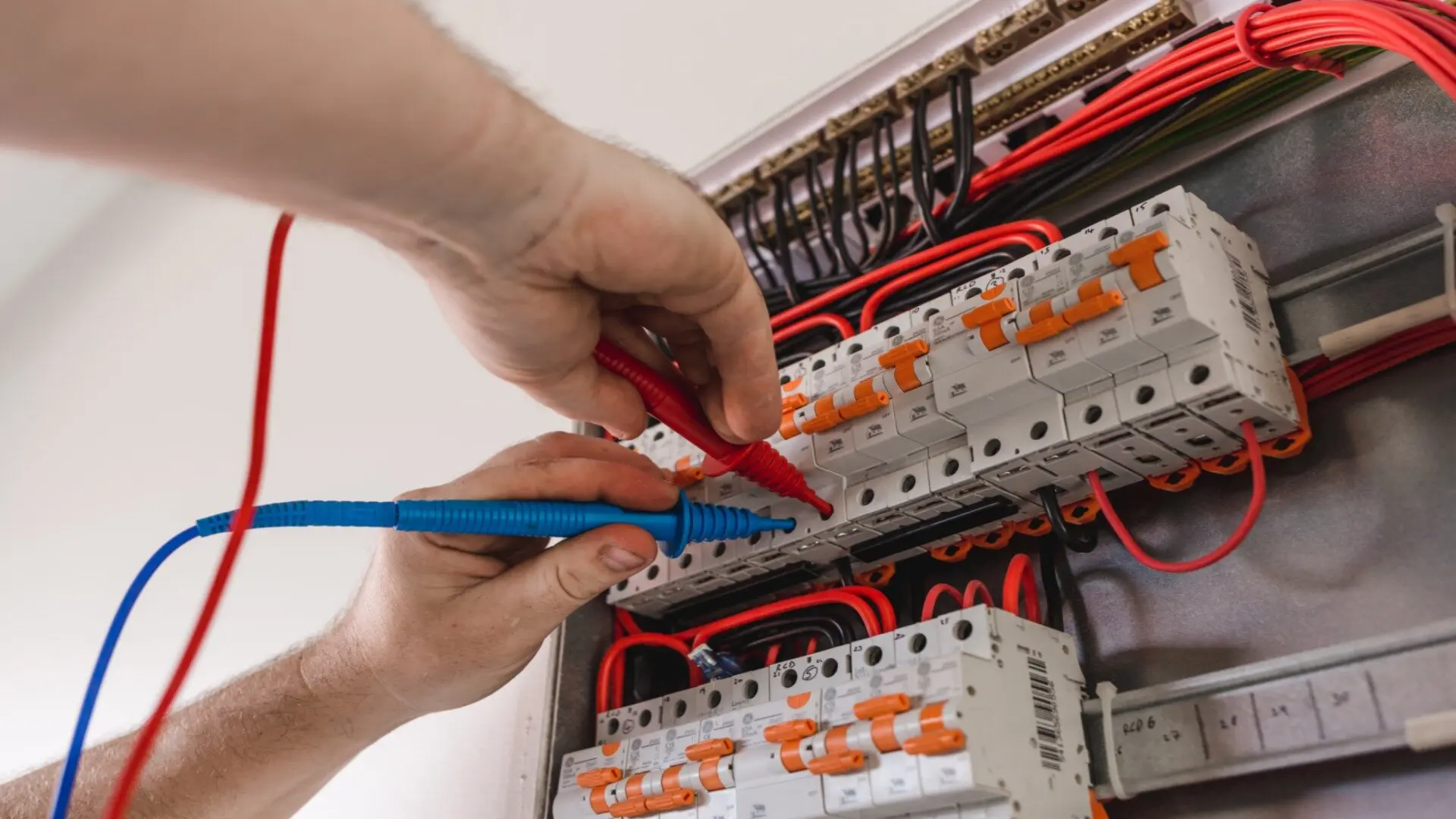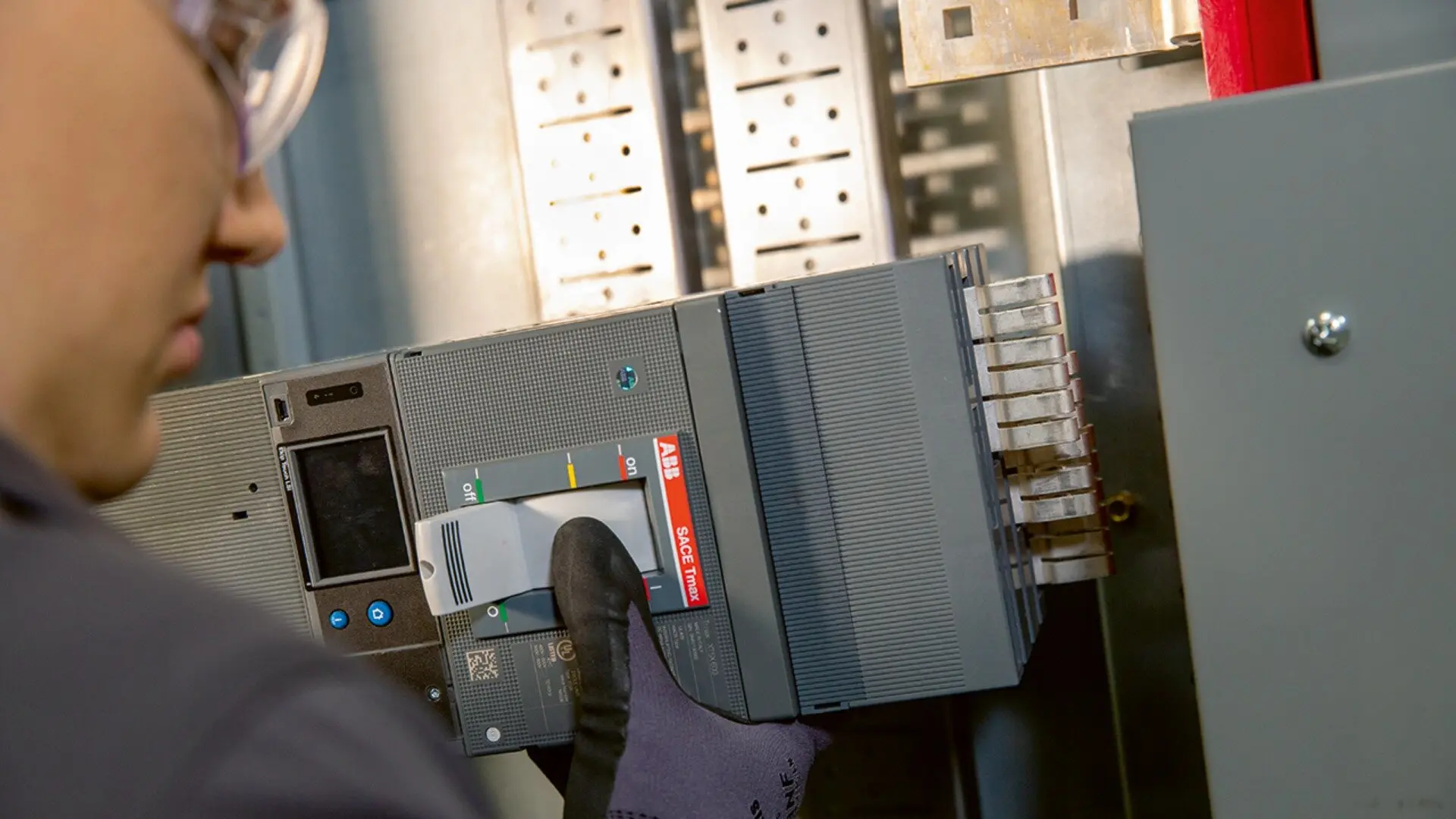
At Enersol, our Residential Electrician Gold Coast - Many businesses reach a point where their existing electrical infrastructure can no longer meet their needs. Upgrading from single-phase to three-phase power often becomes necessary to support growing energy demands. But is upgrading to a three-phase switchboard the right choice for your business?
In this post, we’ll dive into the upsides and downsides of shifting to three-phase power. Learn more about residential wiring guide. We’ll discuss when it might be the right move for your needs and what the switchover process entails.
We’ll also discuss alternatives like adding more single-phase boards. With the correct information, you can decide if upgrading your switchboard to three-phase will provide the power capacity and flexibility your business needs for the future.
Understanding Three-Phase Power
Three-phase power provides three alternating current waveforms 120 degrees out of phase with each other. This creates a more consistent delivery of electricity compared to single-phase power.
The three waves overlap, providing continuous power to sizeable electrical equipment and machinery. This makes three-phase systems ideal for industrial applications, commercial buildings, and other facilities with high power demands.

With three-phase power, the current is distributed evenly across three wires. This balances the load and allows larger equipment to operate efficiently. The consistent power output prevents damage to motors and other devices.
Moreover, three-phase systems can transmit more power with less conductor material than single-phase systems. This efficiency makes them a cost-effective option for delivering electricity to high-energy consumers.
Benefits of Upgrading to a Three-Phase Switchboard
Switching from a single-phase to a three-phase switchboard offers substantial benefits for businesses experiencing increased power needs. This upgrade, often referred to as a 3-phase switchboard, is especially advantageous for expanding operations.
Increased power Capacity
With an upgraded switchboard, there is a marked increase in power capacity, allowing for the support of larger equipment loads without the risk of overload. The upgrade process typically involves a qualified electrician who installs the new switchboard and expertly connects all components, such as safety switches and circuit breakers, ensuring efficient power distribution. Furthermore, the 3-phase switchboard maintains a power supply even under heavy loads, preventing the complete drop to zero and providing a consistent supply.
Enhanced Energy Efficiency
Transitioning to an upgraded switchboard facilitates balanced power delivery, optimising motors and devices’ performance. This leads to significant energy savings, reflected in reduced power consumption across the business. An efficient power distribution achieved through the 3-phase switchboard upgrade means less energy waste and improved operational efficiency. Moreover, the upgrade process by a qualified electrician includes implementing modern, energy-efficient features that can contribute to further reductions in power consumption.

Improved Power Quality
An upgraded switchboard to a 3 phase system ensures a consistent three-phase waveform, enhancing stability and reliability in the power supply. The improved power quality is crucial for the longevity and proper functioning of equipment, as it reduces the likelihood of damage from electrical inconsistencies. A qualified electrician will perform a fantastic job during the upgrade process, carefully calibrating the new system to minimise issues such as electrical shock and ensure the highest power delivery to your equipment.
Ability to Add More Circuits
A 3 phase switchboard upgrade significantly increases the number of power circuits you can add, facilitating expansion as your power needs grow. This is particularly beneficial for businesses anticipating scaling up their operations, as the upgraded switchboard can accommodate additional circuits without major alterations. The upgrade process allows for a more streamlined addition of circuits, executed by a qualified electrician who ensures that each new circuit is integrated safely and effectively to handle increased power consumption.
Better Voltage Balance
The upgraded switchboard provides a better voltage balance across all phases, contributing to an even distribution and regulation of voltage to all connected loads. This is especially important for businesses with extensive power circuits, as it ensures that all equipment receives a stable voltage, minimising the risk of electrical shock and enhancing the overall safety of the electrical system. The efficiency of power distribution following the upgrade to a 3-phase switchboard results in a more reliable and consistent power supply for the entire operation.
Considerations Before Upgrading
Upgrading your electrical system to three-phase is a significant decision that requires careful planning and evaluation. Before moving forward, you’ll want to thoroughly assess your current and future power requirements to determine if your needs will soon exceed the capacity of your existing single-phase system.
A local electrician can conduct a detailed load calculation to protect your facility’s electrical needs as your operations grow, primarily if you work in commercial and industrial buildings. This data will clarify if upgrading to three-phase electrical systems is warranted or if alternative solutions like adding another single-phase board may suffice.

You’ll also want quotes from qualified electricians to estimate the upfront costs. The project budget will depend on factors like the complexity of the switchover, running new wiring, and electrical panel upgrades. This should make the installation of future electrical appliances quicker, i.e. simpler to clip in a circuit breaker in the new electrical switchboard.
Review the lead time, as these projects often require ordering new equipment and scheduling shutdowns. While upgrading to three-phase power can provide valuable benefits, do your due diligence regarding current usage, future demand, costs, and timelines before moving forward. This helps ensure the changeover is justified and conducted as smoothly as possible.
Potential Drawbacks and Limitations
While upgrading to 3-phase power has many advantages, including handling larger electricity demands, businesses must consider some potential downsides. Transitioning to a three-phase system from a current switchboard setup can be a significant and complex undertaking that requires careful planning and assessment. Here are five key drawbacks to consider:
High Upfront Costs
Installing new switchgear, complete with compliance safety switches, new wiring, and possibly replacing asbestos panels, requires a substantial upfront investment. Bringing your system up to the standards of modern businesses often means a full overhaul or replacement of the existing switchboard and components, which can be costly.
Electrical Shutdowns
To safely install the new 3-phase system, you may need to shut off the electricity supply to your business, which can disrupt operations. This downtime is essential for ensuring the upgrade meets safety standards but requires planning to minimise the impact on business activities.

Retrofitting Challenges
Modifying existing infrastructure to support a 3-phase system can be complicated, especially if asbestos panel replacement or significant changes to the current switchboard are needed. This process can take more time and resources than initially anticipated, which can be a challenge for some businesses.
No Three-Phase Service
In some areas, the local utility may not provide three-phase power service, which can limit the upgrade options. If three-phase power is unavailable, businesses may consider alternative solutions or relocate to handle larger electricity demands.
Replacing Single-Phase Power Supply
Some devices may only be compatible with a single-phase power supply and may need to be replaced or retrofitted to operate with a three-phase system. Additionally, there may be a need to add more power outlets to accommodate the upgraded electrical system, which can add to the complexity and cost of the project.
While often worthwhile in the long term, upgrading does come with substantial initial costs and disruptions. Make sure to factor in these potential pain points before making the switch.
So, Is Upgrading to a Three-Phase Switchboard the Right Move?
Upgrading your electrical system to three-phase power is a complex decision with many factors to weigh. While the benefits like increased capacity, efficiency, and reliability can be substantial, so too are the upfront costs and temporary disruptions.
Ultimately, upgrading to three-phase switchgear makes sense if your business has outgrown its current single-phase capacity. However, the changeover requires thorough planning and should be timed to coincide with other renovations or slow periods. Adding another board may suffice if your demands are still within single-phase limits. Explore our Residential Electrician Gold Coast to learn more.
At Enersol Electrical, we bring decades of experience in designing, upgrading, and retrofitting commercial electrical systems. Our skilled team conducts detailed assessments of your needs, offering tailored solutions for your facilities. We meticulously manage every step of the three-phase switchover, accommodating your schedule in Gold Coast areas and beyond, for both residential and commercial properties.
If an outdated single-phase system is holding back your operations, contact Enersol Electrical today. Our team will evaluate if the three phases are the right move to meet your business’s growing power needs now and in the future.